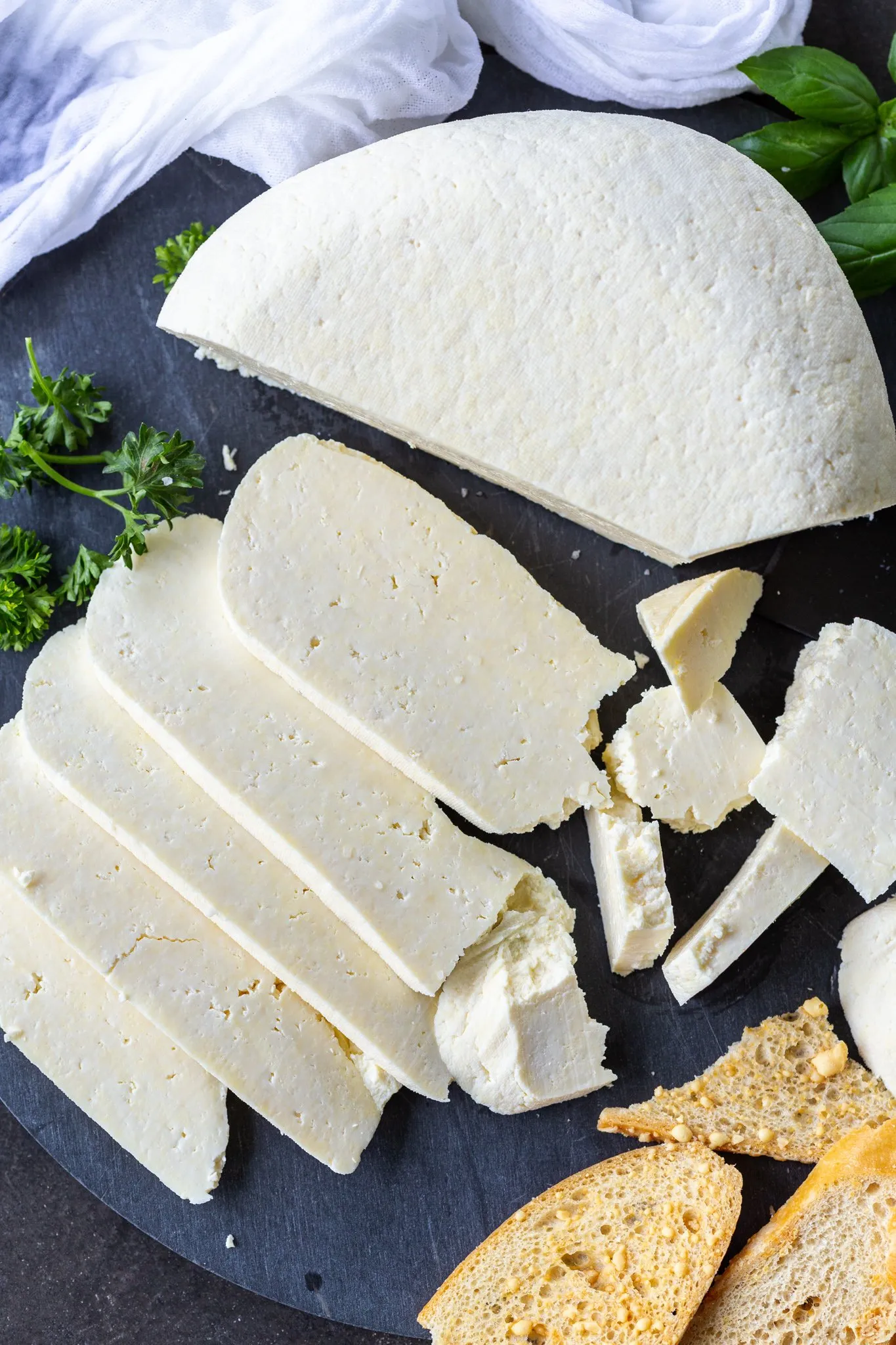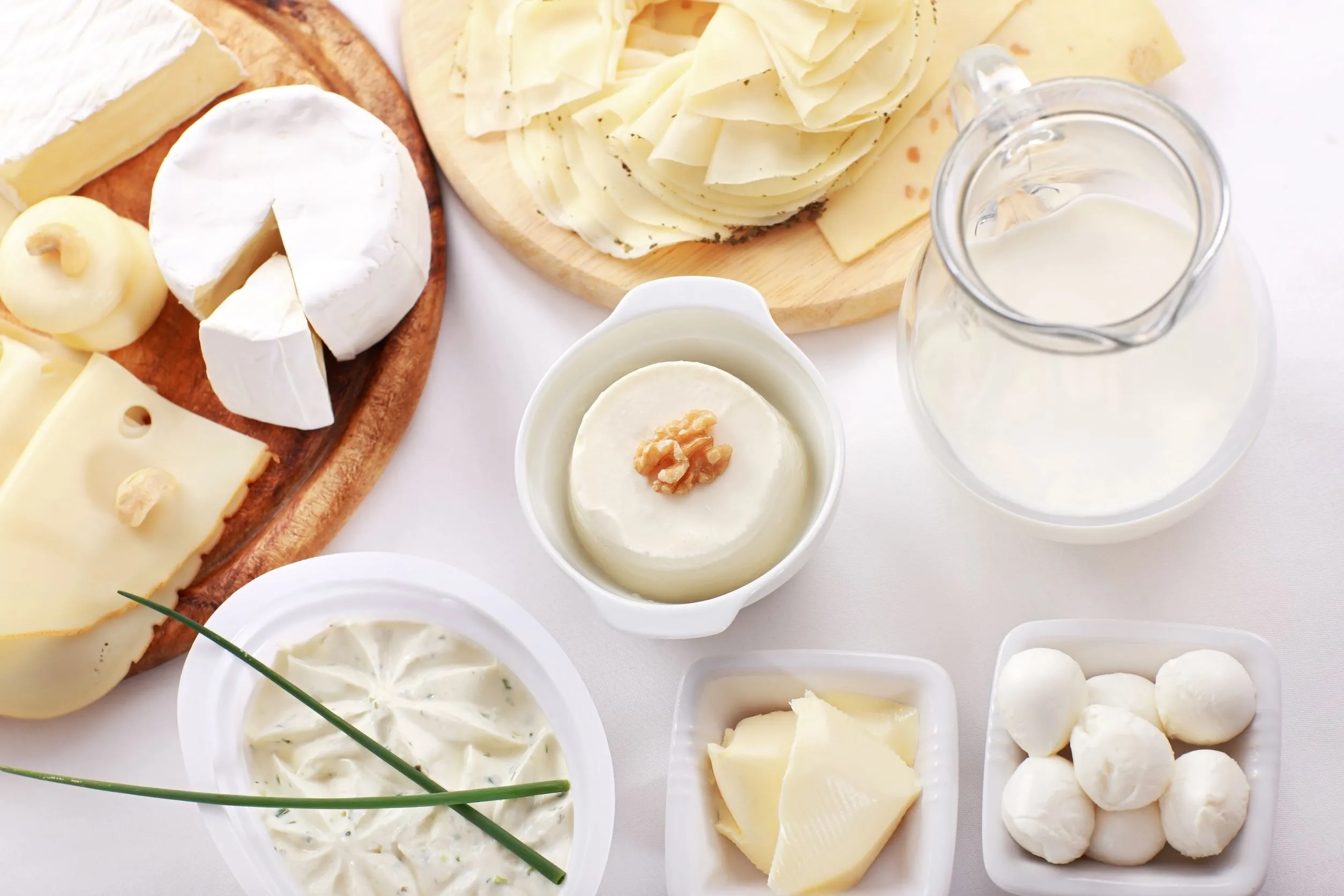Have you ever thought about diving into the delightful world of cheese making? It's more accessible than you might think! Making cheese at home can be a rewarding experience, allowing you to customize flavors and textures to your liking. Whether you’re a cheese enthusiast or just looking for a fun kitchen project, this guide will walk you through the basics and tips on how to create delicious cheese right in your own home.
Essential Ingredients for Homemade Cheese

To kick off your cheese-making journey, it's important to gather the right ingredients. Here’s a breakdown of what you’ll need:
- Milk: The star of your cheese! Use whole milk for rich flavor; cow, goat, or sheep milk all work well. Make sure it’s not ultra-pasteurized.
- Acid: This helps coagulate the milk. Common options include:
- White vinegar
- Lemon juice
- Citric acid
- Rennet: An essential enzyme that helps milk curdle. You can find it in liquid or tablet form at specialty food stores or online.
- Salt: Enhances flavor and acts as a preservative. Use non-iodized salt for best results.
- Optional Ingredients: Depending on the type of cheese you’re making, you might also want to include herbs, spices, or flavorings like garlic or chili.
Having these ingredients ready will set you up for success in your cheese-making adventure. The key is to experiment and find the combinations that delight your palate!
Also Read This: Photo Deals Galore: Freebies from StockSnap.io
3. Equipment Needed for DIY Cheese Making

Embarking on the delightful journey of cheese making is both exciting and rewarding. To ensure a smooth process, it's essential to gather the right equipment. Here’s a handy list of what you’ll need:
- Large Pot: A heavy-bottomed pot is crucial for even heating. Aim for at least a 6-quart capacity to accommodate curds and whey.
- Thermometer: A dairy thermometer will help you monitor temperatures accurately, which is key in cheese making.
- Cheesecloth: This fine cloth is perfect for straining curds from whey. Choose a tightly woven, 100% cotton cheesecloth.
- Slotted Spoon: A long-handled slotted spoon is ideal for stirring and lifting curds without losing the whey.
- Rennet: This enzyme is essential for curdling the milk. Look for vegetarian options if preferred.
- Culture: Depending on the cheese you're making, you'll need specific bacterial cultures. Mesophilic and thermophilic are common starters.
- Cheese Molds: These come in various shapes and sizes and are used to shape the curds.
- Press: If you’re making hard cheeses, a cheese press will help expel excess whey and compact the curds.
Having this equipment on hand will set you up for success and make your cheese-making adventure much more enjoyable!
Also Read This: LinkedIn Sales Navigator Pricing and Features Is It Worth the Cost
4. Step-by-Step Guide to Making Cheese

Making cheese at home might sound daunting, but with a little patience and the right guidance, anyone can do it! Here’s a simple step-by-step guide to get you started:
- Gather Ingredients: Start with high-quality milk—whole milk works best. You'll also need rennet and starter cultures.
- Prepare the Milk: Pour the milk into your large pot and heat it gently to the desired temperature, usually around 85°F (29°C).
- Add Cultures: Sprinkle the starter culture over the surface of the milk and let it rehydrate for a few minutes before stirring it in.
- Add Rennet: Dilute the rennet in a small amount of water and add it to the milk, stirring gently for about 30 seconds.
- Let it Set: Cover the pot and let it sit undisturbed for 30-60 minutes until the curd forms—a clean break is what you’re aiming for!
- Cut the Curd: Use a long knife to cut the curd into small cubes. This helps to release whey.
- Cook the Curds: Slowly heat the curds while gently stirring to firm them up, usually to about 105°F (40°C).
- Drain the Curds: Line a colander with cheesecloth, pour in the curds, and let the whey drain away for 5-10 minutes.
- Shape and Press: Transfer the curds to a mold, press them to remove more whey, and let them set according to your cheese recipe.
- Age Your Cheese: Depending on the type, you may need to age your cheese in a controlled environment for a few days to several months.
And there you have it! A delightful cheese that you made with your own hands. Enjoy the process and don’t forget to taste along the way!
Also Read This: Customize Menus with Canva Template Menu
5. Common Cheese Making Techniques
Making cheese at home is an exciting and rewarding endeavor. There are several common techniques that you can use, each with its unique characteristics and processes. Let’s explore a few of these methods!
- Curdling: This is the first step in cheese making. You can use acids like lemon juice or vinegar, or enzymes like rennet to curdle your milk. The mixture separates into curds (solid) and whey (liquid).
- Cutting the Curd: Once the curds form, they need to be cut into smaller pieces. This helps release more whey and determines the cheese's final texture. The size of the cut can vary depending on the cheese type, from small crumbs to larger chunks.
- Cooking the Curd: For some cheeses, the curds are gently heated. This process helps them release even more whey and can enhance the cheese's texture and flavor. For instance, cooking curds is essential in making mozzarella.
- Salting: Salt not only adds flavor but also acts as a preservative. It's typically added in two ways: directly to the curds or as a brine. The quantity and timing of salting can significantly affect the cheese's taste.
- Pressing: Many cheeses require pressing to shape them and expel whey. The curds are placed into molds and pressed with weights. The amount of pressure and duration varies depending on the cheese type.
Each of these techniques contributes to the unique characteristics of the cheese you make. Understanding and mastering them is key to creating delicious homemade cheese!
Also Read This: Maximize Your Contribution by Adding Photos to Adobe Stock from Lightroom
6. Troubleshooting Common Cheese Making Issues
Even the most seasoned cheese makers encounter challenges. Here are some common issues you might face while making cheese and how to troubleshoot them:
| Issue | Potential Causes | Solutions |
|---|---|---|
| Curds Not Forming | Low-quality milk, incorrect temperature, or insufficient rennet. | Use fresh, high-quality milk. Check that your rennet is active and the milk is at the right temperature (around 85°F for most cheeses). |
| Grainy Texture | Overheating the curds or cutting them too small. | Heat gently and avoid cutting the curds too finely. Aim for a size consistent with the cheese you want to create. |
| Off-Flavors | Contaminated equipment or improper storage. | Ensure all equipment is sanitized. Store cheese in a suitable environment, ideally in a cool, humid place. |
| Too Salty | Excessive salt added during salting process. | Start with less salt and taste as you go. You can always add more if needed! |
Remember, cheese making is as much an art as it is a science. Don't be discouraged by setbacks; learning from them is part of the fun!
Also Read This: How to Bypass Fortiguard Downloader on Android Devices
7. Resources for Further Learning
If you're intrigued by the art of cheese making and eager to dive deeper, there are plenty of resources available to nurture your newfound passion. Here’s a curated list of books, websites, and online courses that can enhance your cheese-making skills:
- Books:
- The Art of Cheese Making by David Asher: This comprehensive guide covers everything from basic cheese types to advanced techniques.
- Home Cheese Making by Ricki Carroll: A classic book that provides recipes and tips for making over 75 different varieties of cheese.
- Websites:
- Cheesemaking.com: A fantastic resource offering supplies, recipes, and a community forum.
- CheeseForum.org: A vibrant community where cheese enthusiasts share tips and experiences.
- Online Courses:
- Homemade Cheese Making 101 on Udemy: This course covers the basics and provides practical demonstrations.
- Alton Brown Teaches Baking: While not solely focused on cheese, this class includes valuable insights on dairy and cheese techniques.
Exploring these resources will not only improve your skills but also connect you with fellow cheese lovers who can inspire your journey.
8. Conclusion and Final Thoughts
As we wrap up our cheese-making adventure, it's clear that making cheese at home is not just a fun activity; it’s a rewarding craft that connects you to the rich tradition of dairy arts. Whether you're aiming to create creamy mozzarella for your pizzas or sharp cheddar for your sandwiches, the possibilities are endless!
Remember, cheese making is both a science and an art. Don't be discouraged by initial hiccups; every great cheesemaker started somewhere. Here are a few final thoughts to keep in mind:
- Start Small: Begin with simpler cheeses like ricotta or mozzarella before tackling more complex varieties.
- Experiment: Don’t hesitate to tweak recipes or add herbs and spices to make your cheese unique.
- Patience is Key: Cheese making requires time for aging and flavor development—so enjoy the process!
In conclusion, embrace your cheese-making journey with enthusiasm and creativity. The more you practice, the more confident you'll become. So gather your tools, choose your recipe, and start crafting delicious cheese that you can proudly share with family and friends!